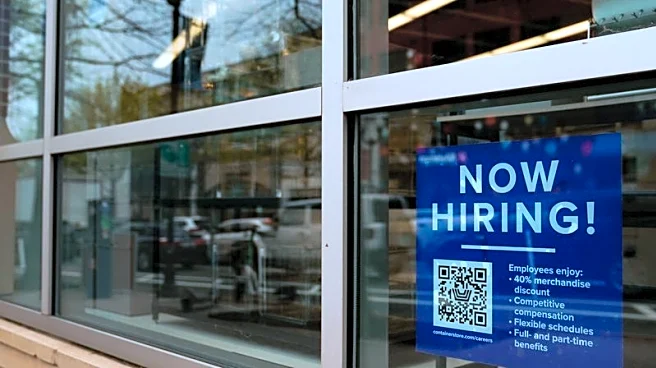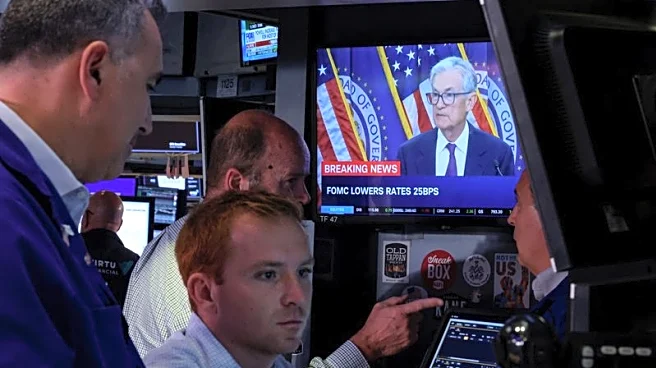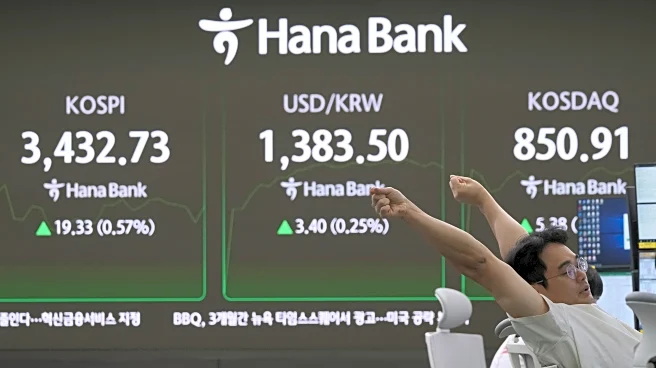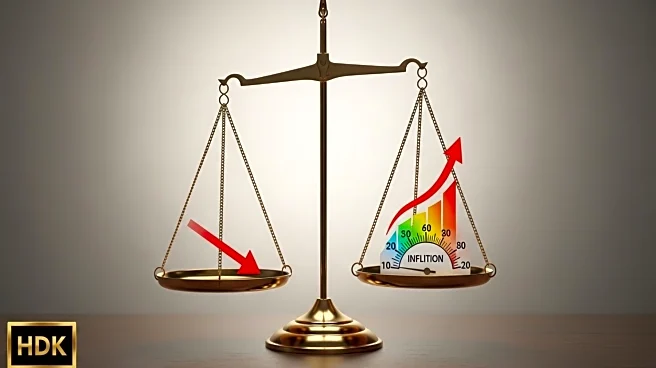What's Happening?
The number of Americans applying for unemployment benefits decreased significantly last week, following a surge to a nearly four-year high. The Labor Department reported a drop of 33,000 claims, bringing the total to 231,000. This decline comes after a previous spike in applications, which raised concerns about the labor market's health. The Federal Reserve responded by cutting interest rates, shifting focus from inflation to employment. Revised job figures from the Bureau of Labor Statistics indicate that job gains were lower than initially reported, suggesting a weaker labor market.
Why It's Important?
The fluctuation in jobless claims highlights the uncertainty in the U.S. labor market, exacerbated by President Trump's tariffs and economic policies. Businesses are hesitant to hire due to unpredictable import taxes, contributing to slower economic growth. The Fed's rate cut aims to stimulate hiring and economic activity, but may also increase inflation risks. The revised job figures further underscore the challenges facing the labor market, with fewer jobs added than previously thought. This situation impacts consumer confidence and economic stability.
What's Next?
The labor market will continue to be closely monitored, with further revisions to job figures expected in February 2026. The Fed's interest rate policy will play a crucial role in addressing employment challenges and inflation concerns. Businesses may remain cautious in their hiring and expansion plans until more clarity is provided on trade policies and economic conditions.












